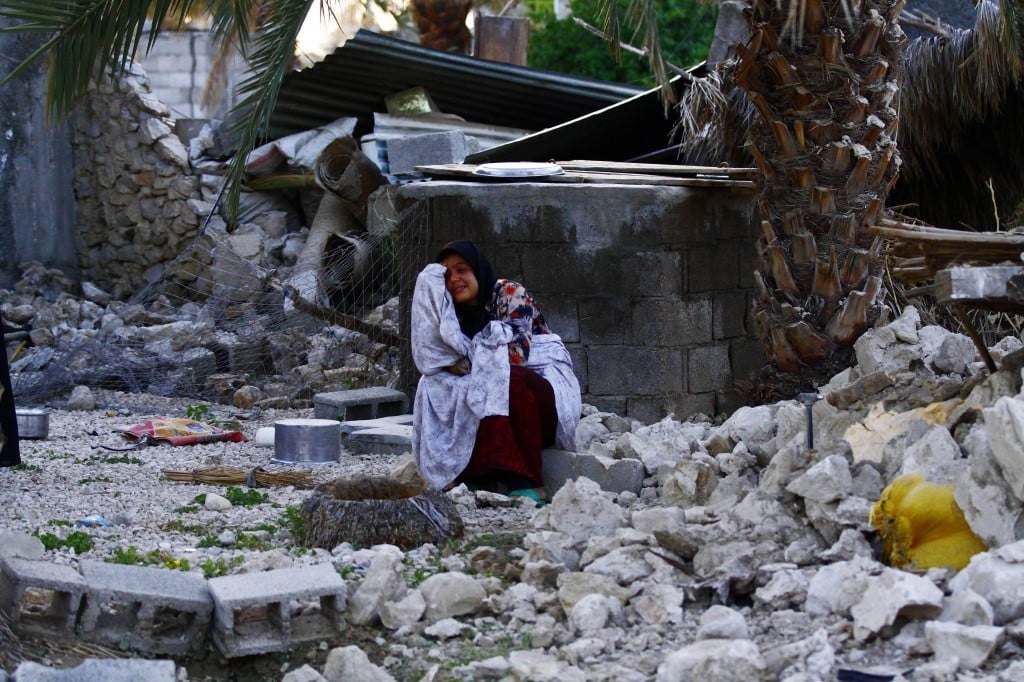5.1-Magnitude Earthquake Strikes Iran: Latest Updates and Safety Measures
A 5.1-magnitude earthquake recently struck Iran, causing tremors and raising concerns about potential damage. The seismic event has drawn attention to Iran’s vulnerability to earthquakes due to its location on major fault lines. This article provides the latest updates, safety tips, and insights into Iran’s seismic activity.
Details of the 5.1-Magnitude Earthquake in Iran
The earthquake, measuring 5.1 on the Richter scale, was recorded by the Iranian Seismological Center. The epicenter was located in [specific region if available], with tremors felt across nearby cities and towns. While initial reports suggest no major casualties, minor structural damage has been reported in some areas.
Iran is no stranger to earthquakes, as it sits on the Alpide Belt, one of the most seismically active regions in the world. The country has experienced devastating quakes in the past, including the 2003 Bam earthquake, which claimed over 26,000 lives.
Impact of the Earthquake
The recent 5.1-magnitude quake has caused:
- Tremors in urban and rural areas – Residents reported shaking buildings and swaying lights.
- Minor structural damage – Cracks in walls and collapsed roofs in vulnerable structures.
- Disrupted communication lines – Temporary outages in some regions.
Emergency response teams have been deployed to assess damage and provide assistance. Authorities are urging residents to stay vigilant for aftershocks, which are common after moderate earthquakes.
Why Is Iran Prone to Earthquakes?
Iran’s geographical location makes it highly susceptible to seismic activity. The country lies on the boundary between the Arabian and Eurasian tectonic plates, leading to frequent earthquakes. Additionally, Iran has several active fault lines, including:
- North Tabriz Fault
- Zagros Thrust Belt
- Main Recent Fault
Poor construction practices in some areas exacerbate the risks, as many buildings are not earthquake-resistant.
Earthquake Safety Measures
If you live in an earthquake-prone region like Iran, follow these safety tips:
- Drop, Cover, and Hold On – During an earthquake, protect yourself by taking cover under sturdy furniture.
- Stay Indoors – Avoid running outside, as falling debris can be dangerous.
- Prepare an Emergency Kit – Keep water, food, a flashlight, and a first-aid kit ready.
- Secure Heavy Furniture – Anchor bookshelves and cabinets to prevent tipping.
- Stay Informed – Follow updates from local authorities and seismic monitoring agencies.
Historical Earthquakes in Iran
Iran has a long history of destructive earthquakes, including:
- 1990 Manjil-Rudbar earthquake (7.4 magnitude) – Over 40,000 fatalities.
- 2003 Bam earthquake (6.6 magnitude) – Massive destruction and loss of life.
- 2017 Kermanshah earthquake (7.3 magnitude) – Over 600 casualties.
These events highlight the need for better infrastructure and disaster preparedness in the region.
Conclusion
The recent 5.1-magnitude earthquake in Iran serves as a reminder of the country’s seismic vulnerability. While this quake was relatively moderate, it underscores the importance of earthquake readiness and resilient construction. Residents should stay informed, follow safety protocols, and support local disaster response efforts.
For real-time updates on seismic activity, follow the Iranian Seismological Center or international agencies like the US Geological Survey (USGS).



